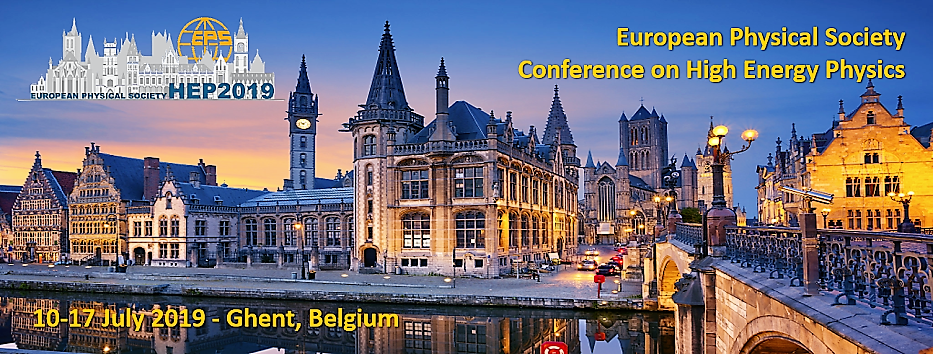Speaker
Description
Teaching instrumentation to students & early-stage scientists is not an easy task, when one considers the inherent difficulties to both gathering specialists and accessing latest-generation equipment on a unique site. However this was the challenge we decided to take up in 2014, when we initiated ESIPAP in Archamps next to CERN, one of the very few places in the world where such an initiative could be attempted at an affordable cost.
Thanks to ENIGMASS (a French consortium of excellence gathering LAPP, LAPTh in Annecy and LPSC in Grenoble), to CERN and to several participating universities (University of Strasbourg, University of Tsukuba, University Grenoble Alpes, Grenoble INP, University Savoie Mont-Blanc, University of Tangier), ESIPAP now offers master, PhD students and early-stage scientists two high-level intensive four-week courses that can be entirely followed in a row, or week by week depending on participants' needs.
ESIPAP lectures are given by some 50 world experts from academia, research facilities and laboratories. Course 1 deals with the physics of particle and astroparticle detectors, while course 2 covers detector technology and applications. Both courses are validated by exams so that partner universities may attribute ECTS and/or doctoral credits to participating students.
At ESIPAP, students have the opportunity to follow hands-on classes (detectors, electronics, 3D-printing, programming, Arduino handling, carbon fiber lab, data management, project management...) in Archamps, at CERN, in Grenoble at ILL and at Institut Néel, that, when considered all together, are quite unique.
ESIPAP is progressively becoming a reference school in its field. About 80 alumni from 26 countries have already attended the school, some coming from developing countries where the access to high-technology experimental equipment is almost impossible.
The speaker will briefly present the school, the diversity of students that already attended, and discuss its evolution that is being considered for the next five years.
